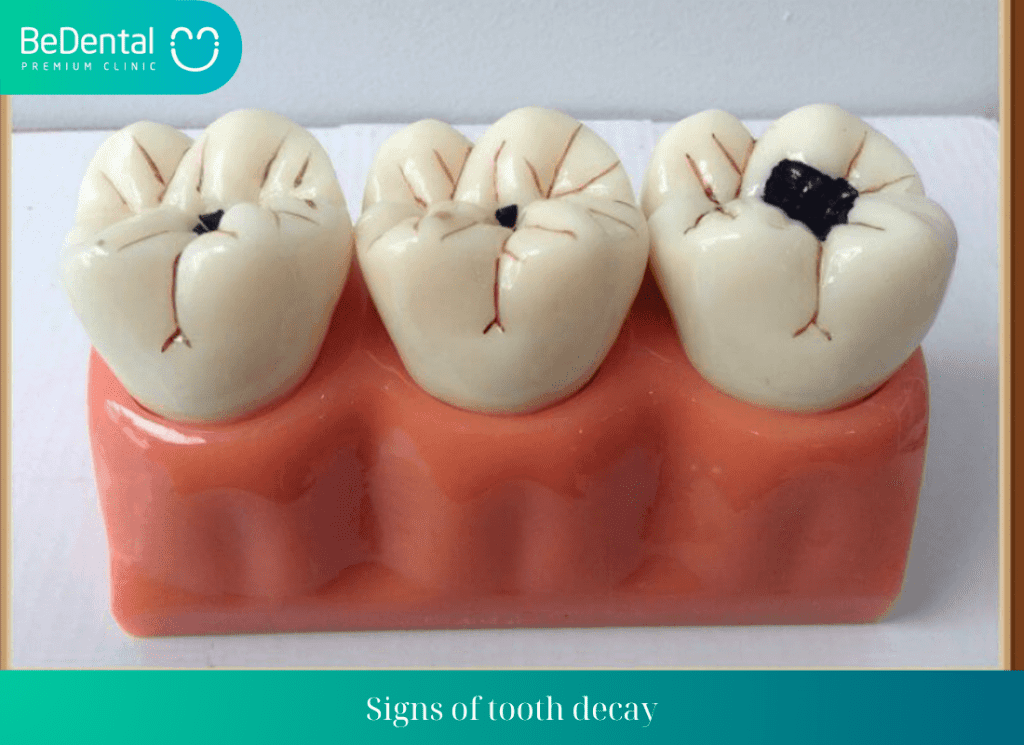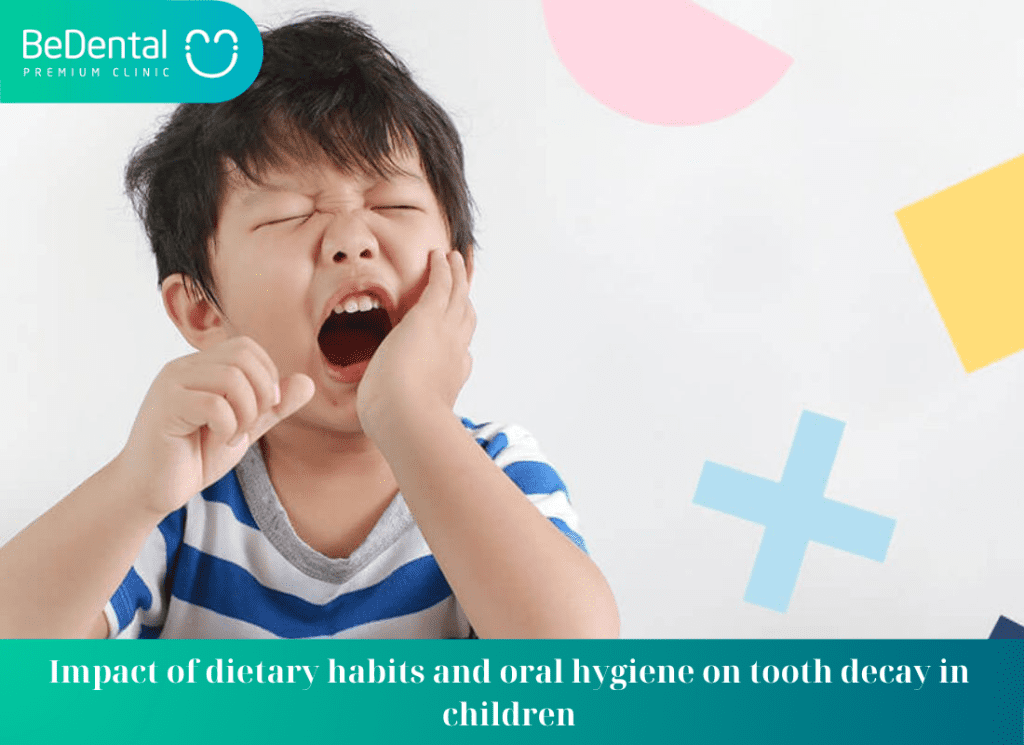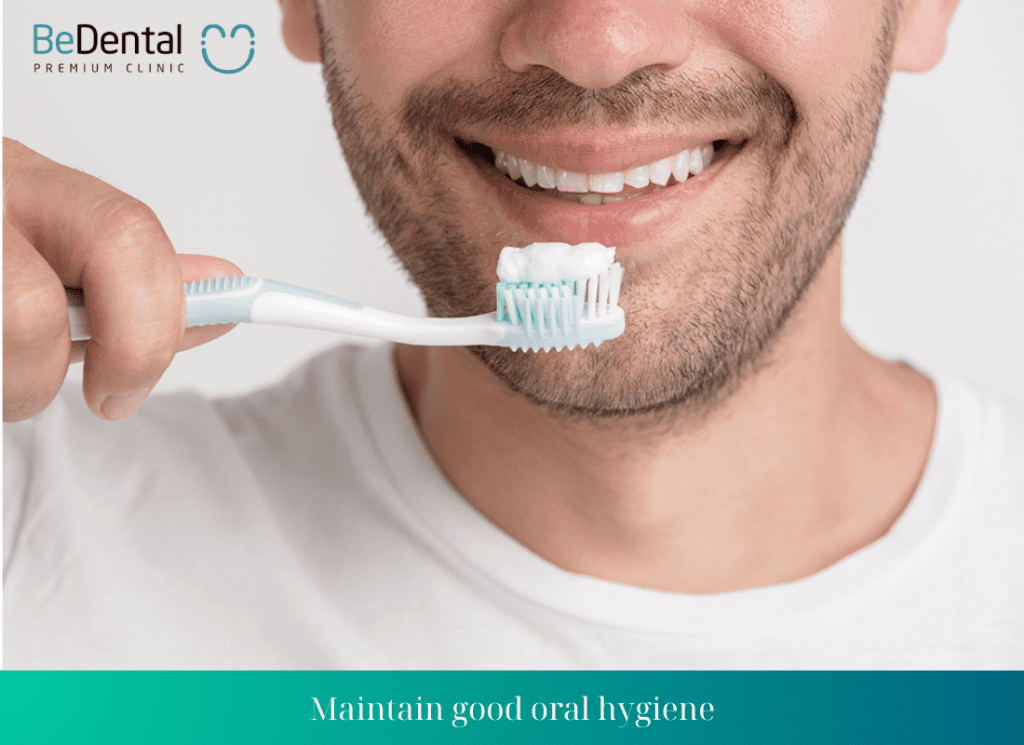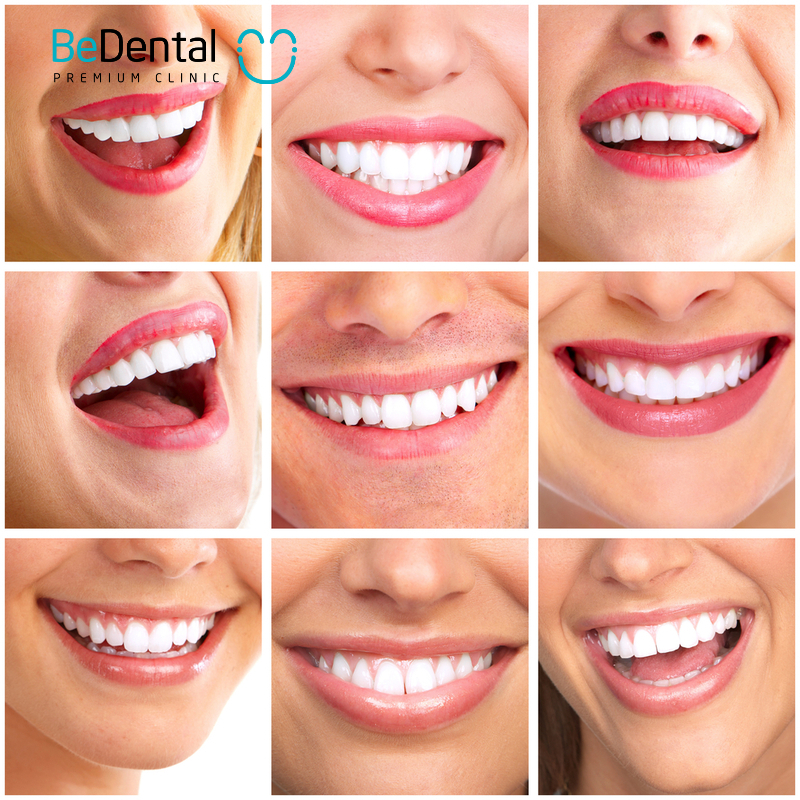How to prevent tooth decay in children. Currently, many parents are concerned about tooth decay and preventing tooth decay in children from a very early age. This is something that should be done because tooth decay is an infectious disease caused by bacteria. Tooth decay is the condition of the loss of tooth enamel due to demineralization and the formation of small holes on the teeth caused by bacteria in plaque.
What is tooth decay and how to prevent tooth decay in children

What is tooth decay? Tooth decay is an infectious disease caused by bacteria. Tooth decay is the condition of loss of tooth enamel due to demineralization and the formation of small holes on the teeth caused by bacteria in plaque.
Tooth decay is caused by various factors, including bacteria, snacking habits or consumption of sugary foods and drinks, especially poor oral hygiene.
Tooth decay and the oral health of children are increasingly being focused on, but it remains a common problem in children. According to statistics from the Central College of Dentistry and Facial Orthopedics, the number of children in Vietnam with tooth decay is on the rise, with up to 80% of children aged 4-8 having tooth decay, and up to 91% of children having good oral hygiene.
See more: Early Detection of Periodontitis Through These Signs
Symptoms and effects of tooth decay

The signs and symptoms of tooth decay depend on the extent and location. In the early stages of the disease, a child may not have any symptoms. As the disease progresses, you may experience the following signs and symptoms:
- Discoloration of teeth in certain areas, on the chewing surface, or in between teeth.
- Toothache, pain while chewing, or spontaneous unexplained pain.
- Sensitivity of teeth, severe pain when consuming sweet, hot or cold foods, or food getting stuck between teeth.
- The area around the cavity turning brown and black.
From untreated small cavities, tooth decay can develop into pulpitis, causing prolonged throbbing pain. Long-term infection can spread around the tooth root, causing compression and inflammation in the facial area. Severe cases can lead to life-threatening blood infections, which are costly to treat.
See more: What is Zirconia Dental Crown?
In addition to the risk of localized and systemic infection, this is also a cause of exacerbating certain systemic diseases.
Factors causing tooth decay in children
- Incorrect oral care habits: Children’s teeth are prone to decay when oral care is not done properly, including inadequate brushing, not using fluoride toothpaste, and not using dental floss to clean between teeth.
- Exposure to sugary foods: Children often consume a lot of sugary foods, such as sweets, soft drinks, chewing gum, and candies. Sugar creates an ideal environment for decay-causing bacteria to develop and damage tooth enamel.
- Lack of fluoride: Fluoride is an important factor in protecting tooth enamel from acid attacks and repairing damaged enamel. Lack of fluoride can increase the risk of tooth decay in children.
- Genetics: Genetic factors may contribute to children being more susceptible to tooth decay if there is a family history of dental caries.
- Parental oral care skills: Parents play an important role in guiding and supervising children’s oral care. Without proper knowledge and awareness of oral care, children are at high risk of tooth decay.
- Limited access to dental services: Lack of regular check-ups and routine dental treatment is another factor contributing to the development of tooth decay in children.
- Insufficient support and supervision from schools: Schools play an important role in educating children about oral care and ensuring that preventive measures for tooth decay are properly implemented.
Impact of dietary habits and oral hygiene on tooth decay in children

Dietary habits and oral hygiene play a crucial role in influencing tooth decay in children. Below are some key impacts:
- Dietary habits: Children often consume a lot of sugar and sweet beverages such as soft drinks, sugary fruit juices, sweetened yogurt, and candies. Sugar creates an ideal environment for decay-causing bacteria to develop and damage tooth enamel. Additionally, dark-colored beverages like coffee, black tea, and fruit juice can stain tooth enamel.
- Oral hygiene skills: Inadequate brushing skills and not spending enough time brushing teeth daily can create conditions for decay-causing bacteria to thrive. Children may also not know how to use dental floss and tongue scrapers to clean their entire mouth.
- Lack of fluoride: Fluoride is an essential factor in protecting tooth enamel from acid attacks and repairing damaged enamel. Without using fluoride-containing toothpaste or not getting enough fluoride from sources like fluoridated water, children’s tooth enamel can become weak and prone to decay.
See more: Do braces hurt?
- Lack of regular check-ups and dental treatment: A lack of regular check-ups and routine dental treatment is another contributing factor to the development of tooth decay in children. Regular check-ups help detect oral health issues early and allow timely treatment to prevent the progression of tooth decay.
- Family environment: The family environment greatly influences children’s dietary habits and oral hygiene. Without support and supervision from parents in oral care, children may not receive enough knowledge and awareness of maintaining oral health.
Note that these factors do not represent all children and may vary depending on specific cases. However, these factors need to be considered and addressed to reduce the risk of tooth decay in children.
Progression of tooth decay from early stages to severe stages
Tooth decay is a common dental issue and can have various progressions from early stages to severe stages. Here are some common progressions of tooth decay:
- Early stages: In this stage, tooth enamel is affected by acid produced by bacteria in the mouth. Initially, the enamel is minimally affected and may show a faint or white spot on the tooth surface. This is a sign of bacteria breaking down the enamel. At this stage, tooth decay can be treated with whitening and proper oral hygiene measures.
- Progression stages: If not treated promptly, tooth decay will progress and penetrate deeper into the enamel. Bacteria will continue to produce acid and damage the enamel, creating cavities. Cavities will enlarge and affect other parts of the tooth, including dentin and nerves. In this stage, teeth may become sensitive and painful when exposed to hot, cold, or sweet foods.
- Severe stages: If not treated promptly, tooth decay can progress into a serious issue. Cavities will deepen and may spread to other parts of the tooth, including the pulp tissue. Bacteria can attack the tissue around the tooth, causing inflammation and infection. In this stage, symptoms such as severe pain, swelling, inflammation, and even tooth loss can occur.
See more: What are crookd front teeth?
To prevent tooth decay from progressing to severe stages, early detection and treatment are crucial. Maintaining a daily oral hygiene routine, undergoing regular check-ups, and timely dental treatment are the best ways to protect teeth from decay and more severe progressions.
Tooth decay and simple, effective prevention of tooth decay in children
Effective prevention of tooth decay – Prevent tooth decay by practicing regular oral hygiene
Children need to practice regular oral hygiene and maintain oral hygiene twice a day, morning and evening, just like adults.
The best toothbrush for children is a soft-bristled brush with a handle large enough to easily support the child and a small head. For children who are just learning to walk, have a few baby teeth, or are losing baby teeth, a finger brush is a good option.

Pay attention to how you brush your teeth.
- Using a horizontal brushing method is easy for most children.
- Brushing horizontally combined with circular motions can clean the teeth more effectively.
- Children often overlook chewing surfaces, the tongue side, and the area near the gum line, so parents need to help children clean these areas.
- Parents should encourage children to brush their teeth on their own, but also provide supervision and support until the child has enough skills to brush independently.
- It takes an average of 2.5-3 minutes to brush all surfaces of the teeth.
- Infants need a daily washcloth to clean and get used to oral hygiene. When children start teething, use a finger brush and do not use any toothpaste.
See more: What is a misaligned bite?
Change your baby’s diet.
For breastfeeding infants, limit breastfeeding to about 8 feedings per day and no more than 2 feedings at night (for children under 6 months). Avoid comfort feeding. Do not add sweeteners or flavors to milk. Do not bottle-feed while the child is sleeping. Older children should limit snacking frequency and reduce sugary, starchy foods, and carbonated drinks. Especially avoid milk at night.
Have a diet rich in calcium and vitamins, such as cheese, green vegetables, and drink plenty of water throughout the day.
Regular dental check-ups.
Take your child for dental check-ups every 6 months to intervene in oral issues at the earliest stage. Parents will be guided on how to care for their child’s oral hygiene. If your child loses baby teeth early, the dentist may need to create space to allow permanent teeth to grow correctly.
Conclusion
In conclusion, maintaining good oral hygiene practices and making healthy dietary choices are essential for preventing tooth decay in children. Teaching children proper brushing techniques, supervising their oral hygiene routines, limiting sugary and starchy foods, and ensuring regular dental check-ups are crucial steps in promoting optimal oral health.
By focusing on these preventative measures, parents can help their children develop strong and healthy teeth, setting them up for a lifetime of good oral health habits. Remember, early intervention and consistent oral care play a significant role in preventing tooth decay and promoting overall well-being.
See more: How to attach gems to teeth?
LEAVE YOUR INFORMATION IF YOU WANT A DENTAL CONSULTATION.
Tư vấn chuyên môn bài viết:
BÁC SĨ DƯƠNG THỊ THÙY NGA
BEDENTAL - TOP STANDARD DENTISTRY SYSTEM
In HANOI
Address 1: 7B Thi Sach St, Ngo Thi Nham, Hai Ba Trung Dist, Ha Noi. - 0934.61.9090
Address 2: No 129 Hoang Ngan, Yen Hoa, Cau Giay Dist, Ha Noi. - 0934.61.9090
In HO CHI MINH
Address 1: 53 -55 -57 Pho Duc Chinh St, Nguyen Thai Binh, Dist. 1, Ho Chi Minh. - 0766.00.8080
Working: 9am - 8pm everyday
Website: https://bedental.vn/en/





